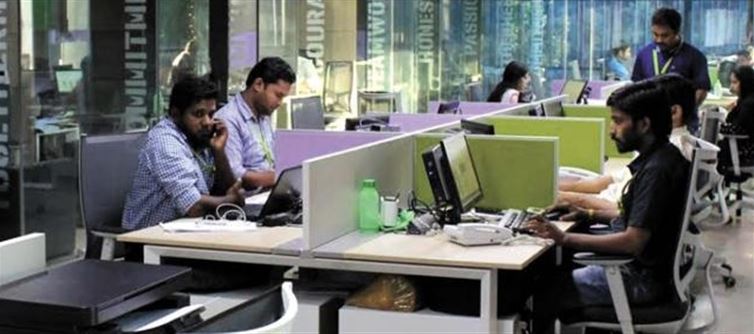
He points out that innovation thrives within a supportive ecosystem, which india has struggled to provide. Issues such as unreliable power supplies, bureaucratic obstacles, and even local intimidation tactics—where businesses are pressured to conform to regional language demands—have posed significant hurdles. Despite these adversities, the IT industry has not only survived but has also become a cornerstone of India's economic landscape, powering urban development and contributing to the rise of a new middle class.
Shrivastava highlights how the IT sector's success story is one of perseverance against a backdrop of systemic challenges. The ability to export services globally under such conditions demonstrates a tenacity that deserves recognition rather than derision. He notes that the creation of this industry has brought tangible benefits, including job creation and economic upliftment, which have transformed countless lives.
Yet, he acknowledges that the current environment may not yet be conducive to fostering the next wave of technological breakthroughs, such as startups in cutting-edge fields like cryptocurrency or artificial intelligence. The lack of a stable infrastructure and the presence of local disruptions suggest that the journey toward innovation will require time and patience, a transitional phase that could test the resilience of both the IT sector and the broader indian economy.
Looking ahead, Shrivastava suggests that while the IT industry may eventually find its niche within a new technological ecosystem, the wait for widespread innovation could be a painful one. He envisions a future where india might pioneer advancements in other areas, but this evolution will demand significant improvements in the supporting infrastructure and regulatory framework. The story of indian IT, therefore, is not just one of past achievements but also a call to action for creating an environment where creativity and risk-taking can flourish.




 click and follow Indiaherald WhatsApp channel
click and follow Indiaherald WhatsApp channel